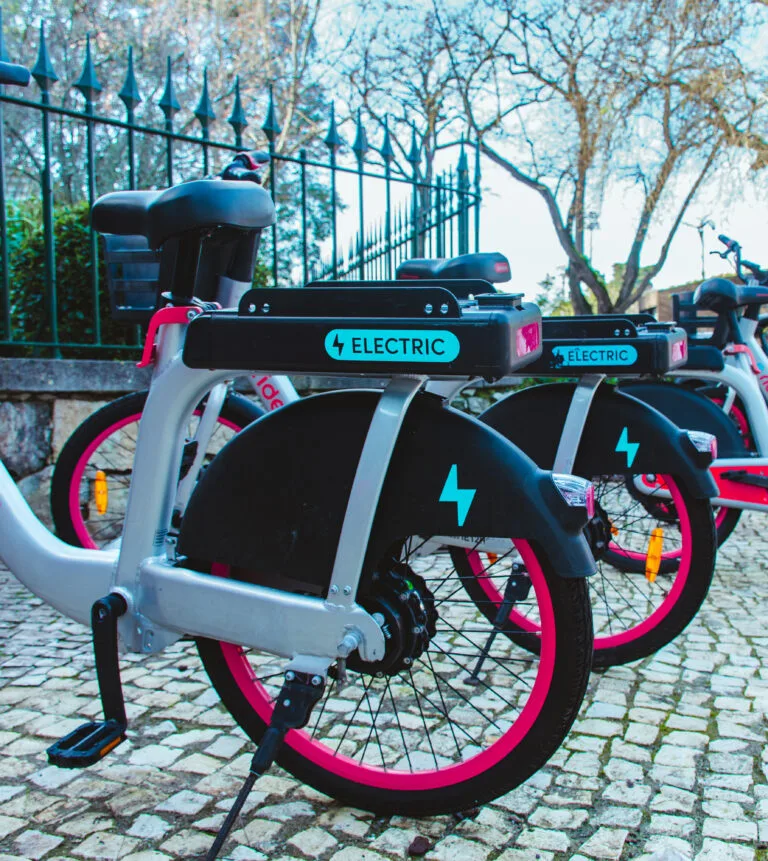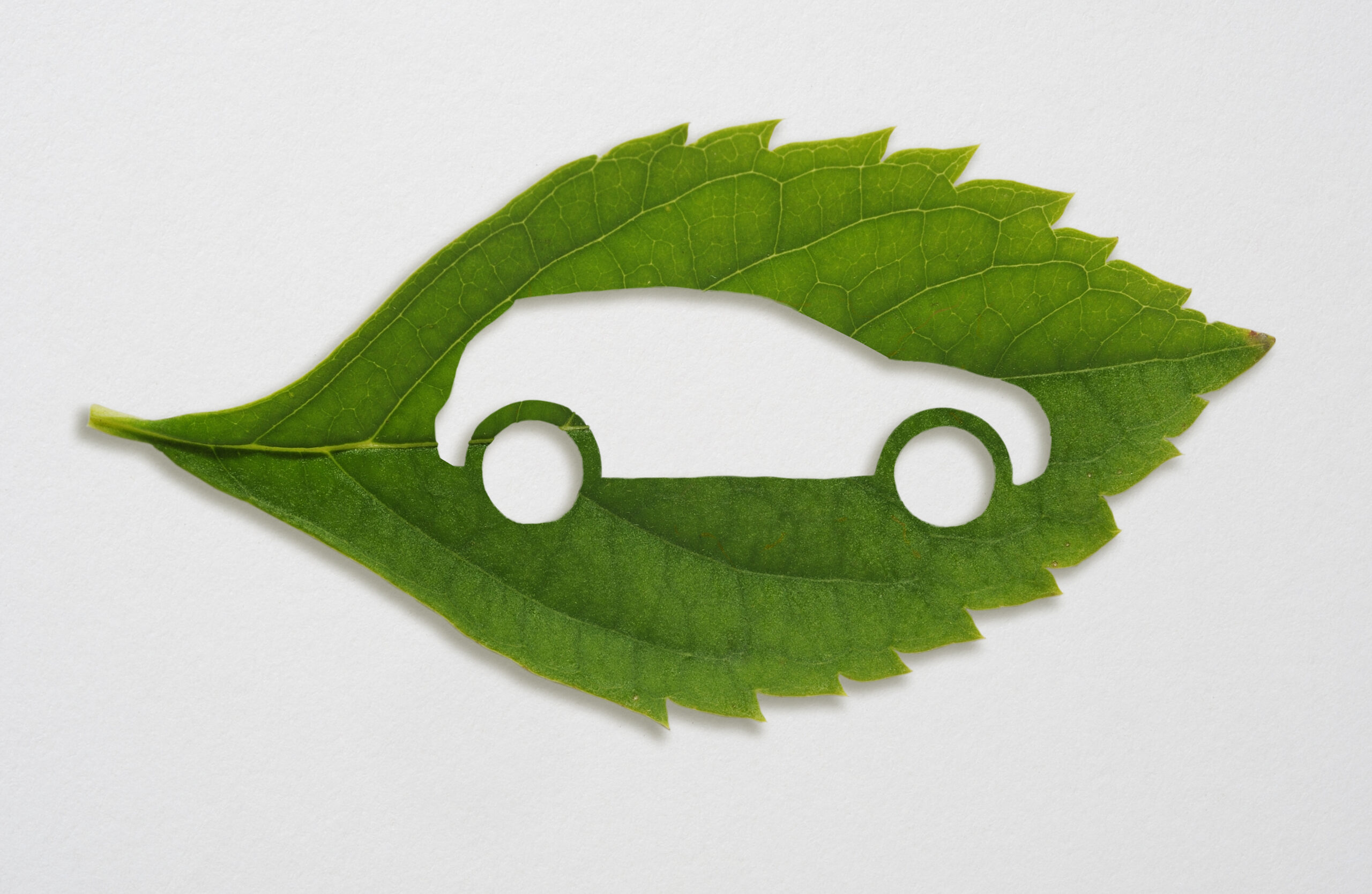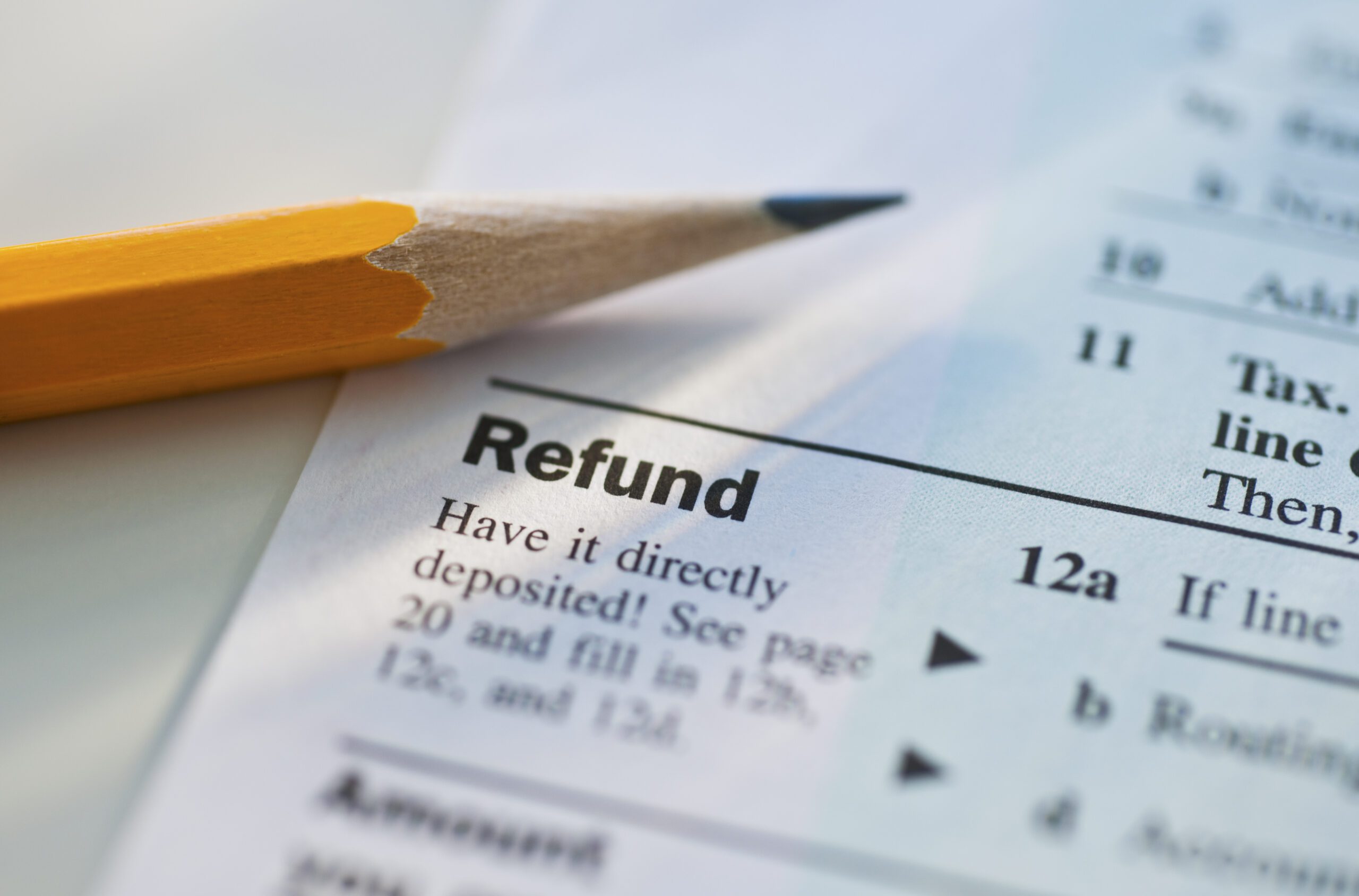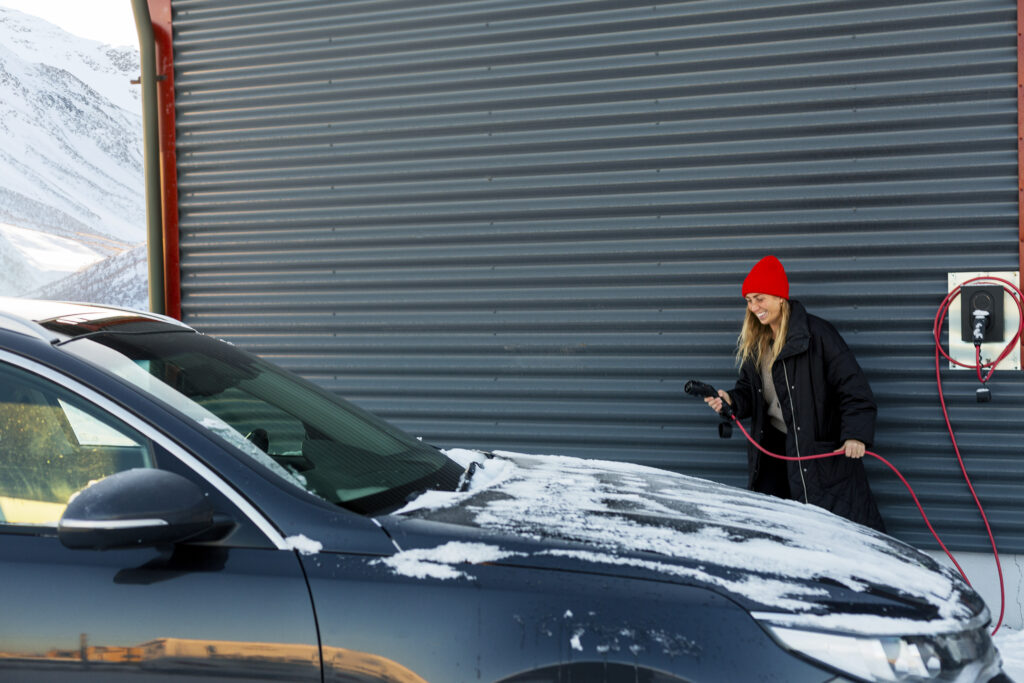
The growing popularity of e-bikes, mopeds, scooters and skateboards for both transportation and recreation has meant a growing danger of fires from improper storage and re-charging. In the first half of 2023, New York City alone reported more than a dozen deaths from more than 100 such battery fires.
The main culprit is low-quality batteries being left to re-charge unattended overnight. If they overheat, they can burst into a fire that is fast-moving and difficult to extinguish.
Safe E-Bike Charging
Most of us charge our laptops and phones overnight. But those have far smaller batteries than an e-bike or e-scooter, which should not be left to charge unattended. It usually takes between 2 to 6 hours to fully charge an e-bike or scooter battery, so leaving it plugged in overnight could be asking for trouble.
- Charge e-bikes in an open-air location, if possible, not a garage or apartment entryway.
- Use only the cord and power adapter made specifically for your equipment. Do not use off-brand chargers or cords.
- Do not overcharge, which can cause the battery to overheat and possibly explode into flames.
- Plug directly into a wall socket. Do not use an extension cord or power strip.
- Set a timer to remind yourself to unplug when it’s done charging. If you are leaving the house, unplug it and finish charging when you return.
- If you notice overheating, an odor, a change in shape or color, leaking or odd noises, unplug it immediately and call 911.
Safe Storage
- Store wheeled devices with lithium ion batteries in a cool, dry place away from anything flammable, such as curtains or upholstered furniture.
- Do not store your e-bike or scooter in direct sunlight or near any doorway that can block a fire escape route.
- Remove the battery if you will not be using your wheeled device for 12 hours or more.
In Case of Fire
- Call 911.
- Do not try to put out a battery fire yourself, since they burn hotter – as much as 1,500 degrees – and can spread faster than other fires and give off toxic fumes.
- Do not throw water on a battery fire. It can produce hydrogen, a highly flammable gas, worsening the situation.
- Standard household extinguishers do not work on e-bike batteries, according to the New York Fire Department, and can cause flames to spread.
- Keep in mind, battery fires can re-ignite hours or days later.
Maintenance and Disposal
- If your battery is damaged in any way, get a new one. Like bike helmets, they should be replaced after a crash, even if there is no visible damage.
- Never put a battery in the trash or recycling bin, which is dangerous anywhere and illegal in many municipalities.
- Find an official battery recycling center for proper disposal or call your local fire department for advice and information.
AAA’s Recommendation: Whether you own an electric vehicle or a gas-powered car is up to you – and you should consider lots of factors in making that choice. No matter what type of vehicle you’re choosing, we recommend visiting a dealership, test driving one, and asking as many questions as possible to make an informed decision.


















